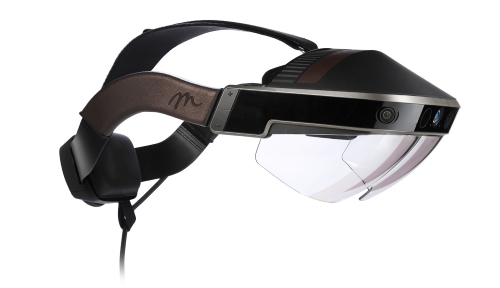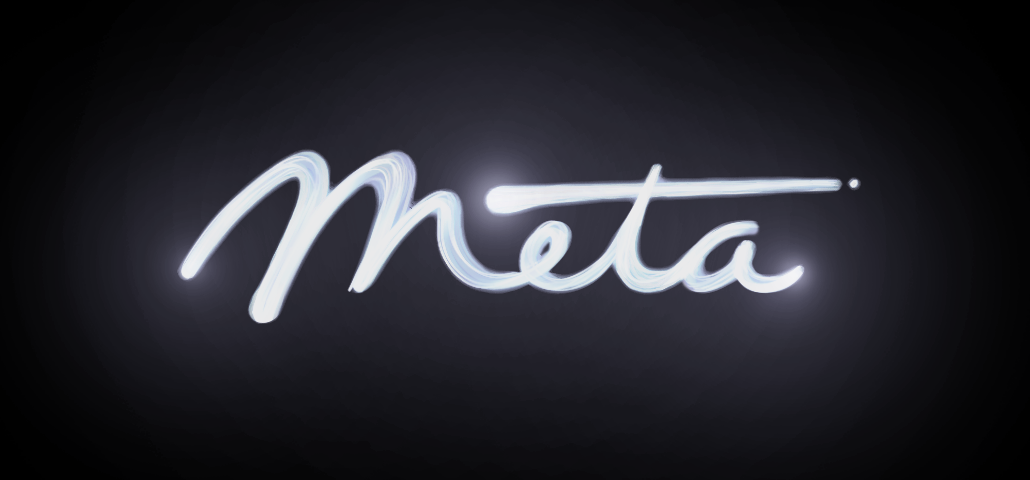

Unless you’re actually a developer or an extreme early adopter, we wouldn’t recommend buying this developer kit version of the product. Unlike Oculus, there isn’t that much you could do with it at the moment and much of the development focus is on professional applications rather than entertainment titles. Still, the Meta 2 looks like a strong contender for the massive market battle that’s about to ensue in the mixed-reality marketplace.
- Interesting Self Contained Positional Tracking
- High field of view for AR/MR Headset
- Not a lot you can do with it right now
- Needs to be tethered to a computer
VRS Review
VRS OVERALL RATING
Recomended Not RecomendedThe Meta 2 HMD is a developer kit from Metavision that serves as a way for developers of AR applications to make content for the consumer version that’s coming down the line. In other words, it serves the same purpose that the various developer versions of the Oculus Rift did before the final model came to market.
While we’re waiting for the mysterious Magic Leap AR/MR headset to be revealed, the limelight for advanced mixed reality hardware is currently on the Microsoft Hololens. The Hololens is an all-in-one system that not only contains the hardware needed to show you digital objects projected into your field of vision, but all the computer rendering and processing hardware you need to drive it all.
It’s an amazing achievement, but the current version has some significant limitations. The most common criticism of the Hololens is it’s field of view is very narrow. Although Microsoft has been coy about the actual figure, third-party analysis have estimated it at about 30-degrees. Although Metavision themselves imply it’s a little bit more.
The Meta 2 is set to give the Hololens a run for its money, with a FOV of 90 degrees it’s undoubtedly the “holographics” AR solution with the widest field of view yet. 90 degrees is comparable to even some premium VR HMDs, so it’s an amazing achievement.
Unlike the Hololens however, the Meta 2 is not an all-in-one solution. It needs to be tethered to a computer in order to work.
We really have no idea whether the final version will have computer hardware built in, but that seems unlikely unless the developers have been given specific specifications to aim for.
What is entirely possible is the inclusion of wireless display technology. These days WiDi is a much more mature technology and the latency figures are not very problematic, depending on the specific application.
The Meta 2 also does not require an external sensor for positional tracking the way the Oculus or Vive does. It uses the same sensors that power the AR system along with some clever software to accurately track position. A neat trick if ever the system does become untethered.
The actual projection system is quite interesting. The HMD uses an optical engine to project images onto a “half-silver” mirror. That mirror is actually the visor itself and the source of the images are the LCD units.
Unless you’re actually a developer or an extreme early adopter, we wouldn’t recommend buying this developer kit version of the product. Unlike Oculus, there isn’t that much you could do with it at the moment and much of the development focus is on professional applications rather than entertainment titles. Still, the Meta 2 looks like a strong contender for the massive market battle that’s about to ensue in the mixed-reality marketplace.
SPECIFICATIONS
| Display | AR Projection |
| Panel size | Unknown |
| Resolution | 2432x1366x2 |
| Refresh rate | 60Hz |
| Field of view | 90° |
| Sensors | Head tracking, Positional Tracking |
| Connections | Video and Data Cable |
| Audio | Four Surround Speakers |
